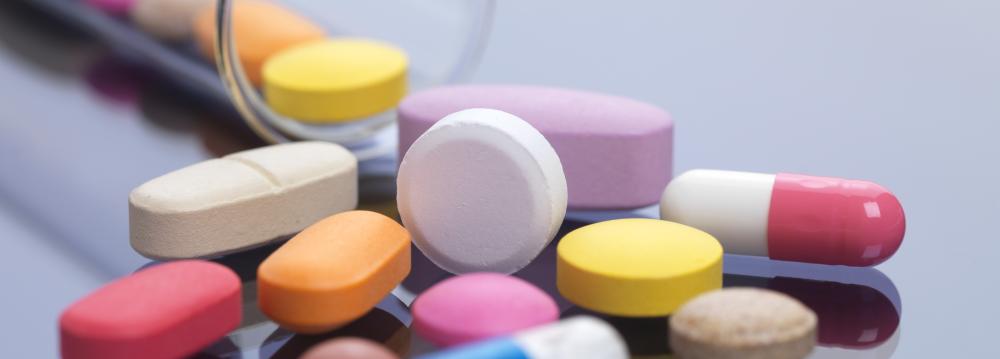Iran annually exports up to $250 million worth of pharmaceuticals and their raw materials to Afghanistan, Iraq and Central Asian countries but imports medicines amounting to $1 billion, according to the chairman of Health Economics Commission of Tehran Chamber of Commerce, Industries, Mines and Agriculture.
Stating that the current trade balance is unsatisfactory, Mohammad Najafi Arab notes that the huge gap between imports and exports highlights the potential for investment in this sector.
There’s no denying the fact that the future of pharmaceutical industry lies in high-technology and computerized production facilities that can rapidly respond to changes in demand and are capable of producing a variety of medicines.
According to the TCCIMA official, the Iranian pharmaceutical industry needs to modernize its facilities and improve manufacturing standards to boost production and exports.
“There are large factories in Iran operating below international standards, both in terms of software and hardware,” he said.
The continuing modernization of local production facilities will boost export potential by gradually ensuring compliance with international Good Manufacturing Practice standards, the main regulatory standard for ensuring pharmaceutical quality.
Iranian companies have so far failed to secure GMPs needed to register drugs in export destination countries.
“Some quasi-governmental organizations are in charge of Iran’s pharmaceutical industry. Due to economic constraints, they are highly unlikely to modernize. Companies affiliated to Social Security Organization and the Civil Servants Pension Organization need financial resources to improve production, which they don’t have,” he said.
The production of biotech medicines would also help boost exports. In the past 10 years, Iranian companies have managed to manufacture sophisticated drugs using biotechnology and nanotechnology.
Health Minister Hassan Qazizadeh Hashemi recently announced that national pharmaceutical companies have been making progress and on average two new drugs have been produced per month since the administration of President Hassan Rouhani took office in 2013.
The production of generics and biosimilars gives an added advantage to exports. Low and lower middle income countries are willing to import generics instead of European or American brand-name drugs.
With the ever-rising cost of medications and emergence of economic crises, even some European countries are becoming good markets for generics.
“Iran has effectively marketed its biotechs in Syria, Russia, Lebanon and African countries. I am positive that we are ahead of countries like Turkey in this field,” he said.
In its Country Risk Report for Iran, which includes 10-year forecasts up to 2024, Business Monitor International forecasts Iran will become the fourth largest pharmaceutical market in the Middle East and North Africa region.


